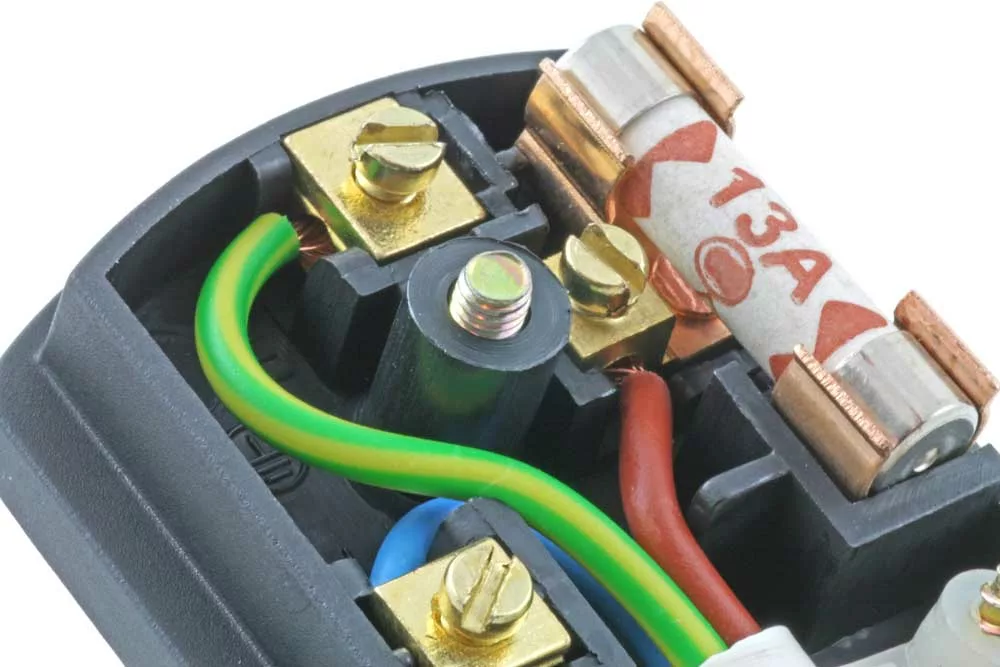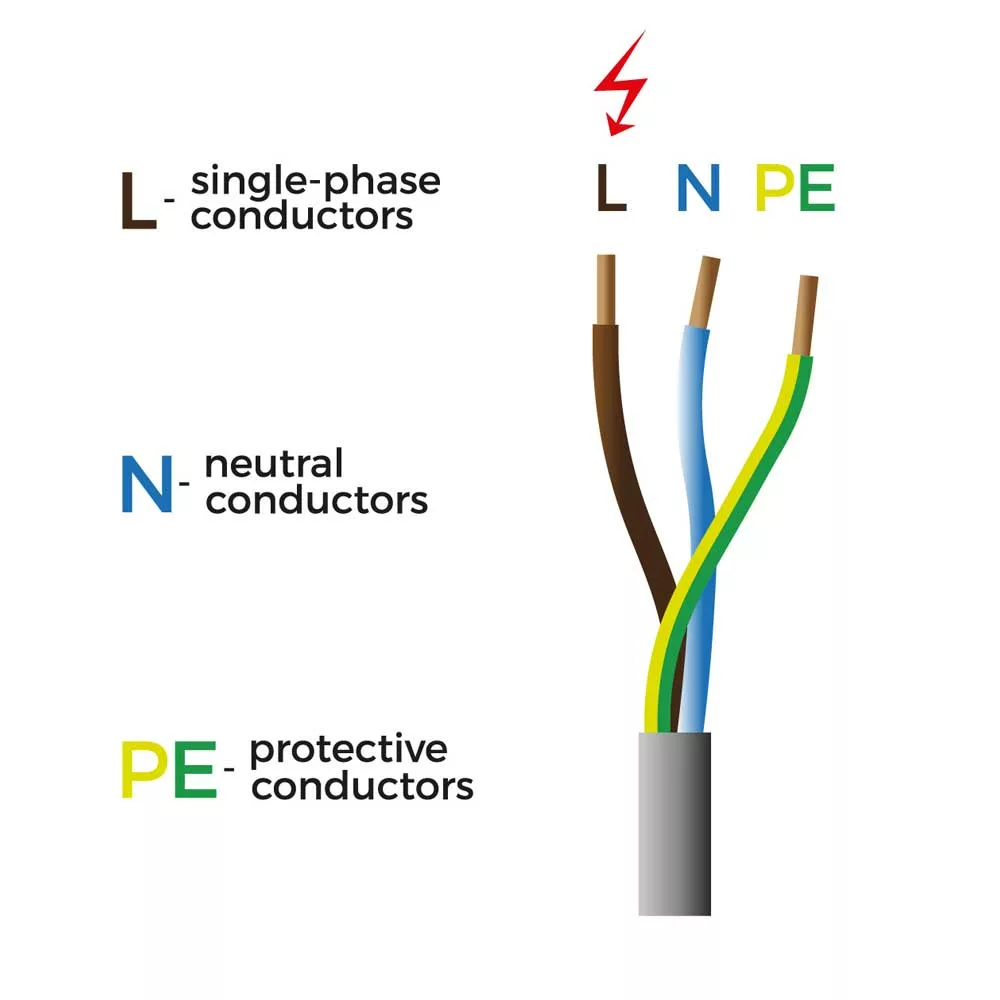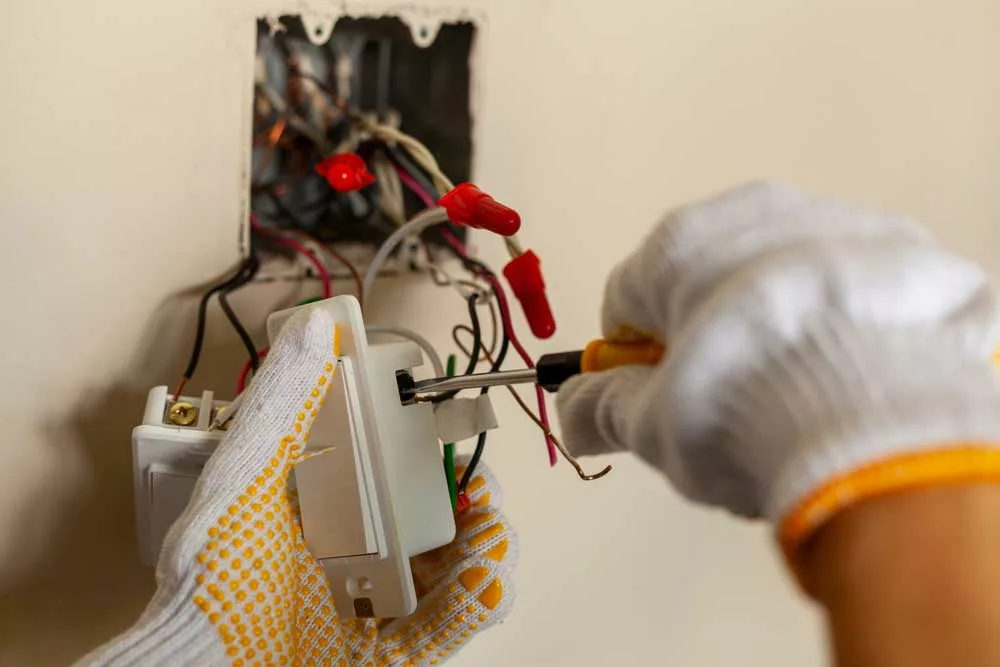A neutral electrical wire was introduced to modern homes in 1985 to balance AC circuits, stabilize the current, and ensure safety.
Today, these wires have become ubiquitous in contemporary circuitry.
You can find them in almost all circuits, from industrial facilities, transport systems, and data centers, to communication lines.
We’ll explore everything you need to know about this wire.
Table of Contents
- What is a Neutral Electrical Wire?
- How Does it Work?
- The Importance of Knowing About Neutral Wires
- How to Tell if You Have a Neutral Wire
- What if There’s No Neutral Wire?
- Neutral Wires Vs. Ground Wires
- Neutral Wire Smart Switch Vs. No Neutral Wire Smart Switch
- FAQs
- Summary
What is a Neutral Electrical Wire?
Alternating Current (AC) circuits consist of three wires that work harmoniously to ensure an uninterrupted current flow.
The first wire is the hot or live wire, often black. This wire carries the current from the power source to the connected devices.
The second wire, usually green or light green, is the Earth. This wire is primarily for grounding.
Then, there’s the Neutral wire, predominantly blue or white, and connects opposite to the live wire.
The neutral wire returns unused current to the original power source or transformer.
How Does it Work?
The neutral wire serves one primary function: to provide a return path for unused electric current. But what does a neutral wire do in an electrical circuit?
The neutral wire provides a low-impedance pathway through which unbalanced current flows back to the transformer or the original power source.
In electrical circuits, impedance is the rate at which a wire resists the current flow. Therefore, a low impedance path would mean an electric pathway with a low resistance to the current flow.
The light fixture or domestic circuitry divides the electrical load between the live (hot) and neutral wires. The hot wire carries the bulk of this load.
This ensures the circuit isn’t overloaded or unstable, allowing all connected devices to work efficiently. It also explains why we regard hot wire as dangerous while live wire isn’t.
The Importance of Knowing About Neutral Wires
Besides ensuring your home is safe, knowing about the neutral wire can help you understand whether your circuit meets the standard code requirements. You can also apply the knowledge of neutral wire to troubleshoot the system whenever the circuit malfunctions.

Wire connection in a plug
How to Tell if You Have a Neutral Wire
The neutral wire serves one primary function: to provide a return path for unused electric current. But what does a neutral wire do in an electrical circuit?
The neutral wire provides a low-impedance pathway through which unbalanced current flows back to the transformer or the original power source.
In electrical circuits, impedance is the rate at which a wire resists the current flow. Therefore, a low impedance path would mean an electric pathway with a low resistance to the current flow.
In the typical AC circuit, live wire carries all the voltages while the neutral is at ground potential or zero volts. The U.S. designs of domestic lighting systems consist of 240 Volts of live wire and 0 Volts Neutral.
However, this doesn’t mean you should touch an exposed neutral since, technically, 0 Volts isn’t the same as having no electricity.

Identifying Neutral wire
What if There’s No Neutral Wire?
When you disconnect the neutral wire from your circuit, the unused current will have nowhere to go, making the circuit incomplete. This means that the device connected to the circuit won’t work.
The early circuits in the 1900s used a two-wire and single-phase AC system for electric power devices like bulbs.
Under this arrangement, they connected the hot wire to the original power source and another wire to any grounding conductor or Earth. They then connected an electrical device between these two conducting wires to complete the circuit.
While the single-phase AC two-wire system worked well for most devices, it had a fair share of limitations. To begin with, working without a neutral means the voltage fluctuated rampantly and could exceed 240 volts.
This had imminent risks of the electrical devices overheating and exploding.
Secondly, touching the electrical device as it operates was never safe. For example, touching your bulb as it lights could cause electrocution by allowing the current to pass through the body.
And most critically, a two-wire system couldn’t power three-phase equipment since these devices use three wires to ensure equal current and voltage.
Neutral Wires Vs. Ground Wires
You should be able to distinguish Neutral wires from ground wires as they are different and can’t be used interchangeably.
While a neutral wire is a return path for an unused current, a ground wire is a low-impedance path for a fault current.
Fault current refers to an excess current resulting from a sudden electric surge beyond the circuit’s load capacity.
Most people confuse neutral wires with ground wires since a neutral wire connects to the ground wire at the transformer, meter, street drop, or main electrical panel.
This arrangement only ensures that the neutral wire has a zero potential (the same as Earth) to guarantee the lowest impedance.
When connected properly, neutral can be used as a grounding wire, whereas the ground wire can’t apply as a neutral.
Neutral Wire Smart Switch Vs. No Neutral Wire Smart Switch
From our knowledge, a circuit will only be complete with a neutral wire.
A neutral smart switch won’t work without a neutral wire since there won’t be current flowing through the circuit. How, then, does a no-neutral smart switch work?
A no-neutral smart switch employs a technique known as “leakage current” or “ground reference” to draw a small amount of power from the electrical system without needing a dedicated neutral wire.
Using the ground wire as a reference point, this method detects when the switch is turned on or off by measuring the voltage difference between the live and ground wires.
FAQs
What Color Wire is Neutral?
An electrical neutral wire color ranges from black, gray, blue, sky blue, and white, depending on a country’s electrical code. Both the U.S. and Canadian national electrical codes are either white or gray.
The U.K. and India mostly use black for neutral, while Australia and China use blue.
When Would You Use a Neutral Wire?
You primarily use a neutral wire to complete a typical AC circuit. You can also use the neutral wire for grounding to protect your property against electrical shocks.
Does the Neutral Wire Carry Current?
A neutral wire returns the current to the original power source or for grounding. The return current in neutral is equal and opposite to the current flowing through the hot wire.
A neutral wire would only carry more current than a hot wire when there’s an imbalance between a multiphase circuit and a hot wire.
Does Code Require Neutral Wires?
As per the 2011 National Electrical Code (NEC) guidelines, neutral wires are currently mandatory for all electrical circuit installations in the United States. Section 404.2 (C) of this code requires that a neutral conductor be strategically installed near every switch point to ensure the switch is powered even when the lights are off.

Connecting electric wire to a light switch
Summary
Neutral wires are an integral aspect of electrical systems. They offer a return path for unused current and ensure stability in an electric circuit.
Luckily, this article has provided everything you need to out neutrals, their uses, their qualities, and how to identify them.
